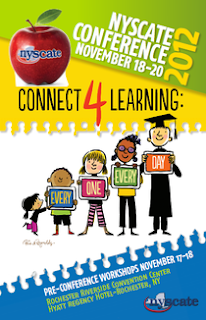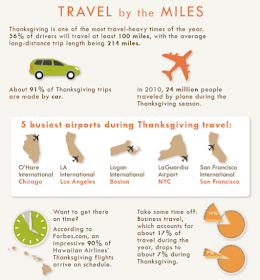As K-8 teachers, we are heartbroken about the tragedy in Newtown, Connecticut. Our
thoughts and prayers are with the entire community. It's difficult as teachers to fathom such a heinous act against children so young, especially as we walked passed our own first graders on Monday morning. Today, building the seeds
of empathy seems more important than ever before, and we need to
reinforce it as much as we can in our classrooms.
Although we want to know why this
individual did this, we appreciate the news focus on the victims and the
families who lost love ones, rather than on the perpetrator. It, nevertheless, begs
the question -- why so many guns? And how many more shootings before we
realize there is a problem with this country's obsession?
We've gathered a collection of resources in this post to point out
just how much of an impact guns have on our society. We'd be wise to
share this information with our students, at least from the middle school
on up, to bring about awareness of a growing trend. The number of mass killings in just the last two years should not be accepted as routine, nor be made easy for lack of compromise in legislation.
Perhaps, just perhaps, we could start to bring attention to the over-proliferation of guns in America. According to the infographic
Armed To the Teeth, there are 88.8 guns per every 100 people in the United States, and 62% of the population that owns a gun has more than one. Of those firearms, 17% are semi-automatic assault weapons.
Another powerful infographic is
Where Are the World's Small Arms?.
This visualization makes clear that the spread of guns is not about the right to bear arms, but due instead to a billion dollar business. Just take a
look at the stats.
The world's firearms economy is a multi-billion dollar industry, with $10.3
billion in the United States alone. Of the 8 million new guns
produced each year, 4.5 million are purchased by consumers in this
country.
So what can we do to teach our students about the dangers of firearms, especially when 68% of the 12,664
murders in 2011
in this country were committed by firearms? We would hate to think it's a losing battle to try.
If
there were ever a need for education and a hard look at gun policies, it's
now. When President Barack Obama
spoke at the memorial service on Sunday night
in Newtown, he
asked, "Can we say that we're truly doing enough to
give all the children of this country the chance they deserve to live
out their lives in happiness and with purpose?" Judging from the data,
the answer is no.
Gun laws vary from state to state. The
Stand Your Ground Gun Laws is an
interactive map demonstrating just how varied these laws are across the country.
For more data on the percentages surrounding this topic, visit
The Guardian's interactive maps of "
gun ownership and gun homicides murder map of the world," "
gun homicides and gun ownership listed by country," and "
US Gun Crime Map." The United States is ranked among the highest when compared to other countries.
As we headed back into our classrooms yesterday, we did so with heavy
hearts. We could not help but think about our fellow teachers who so
heroically tried to shield the children, and we are sure that every
parent in America was a little uneasy dropping their child off at
school, or putting them on a school bus. We need to do more as educators
to find ways within our reach to build tolerance among students and stop the
violence. Just maybe, they won't think that they'll need to own a gun.













































